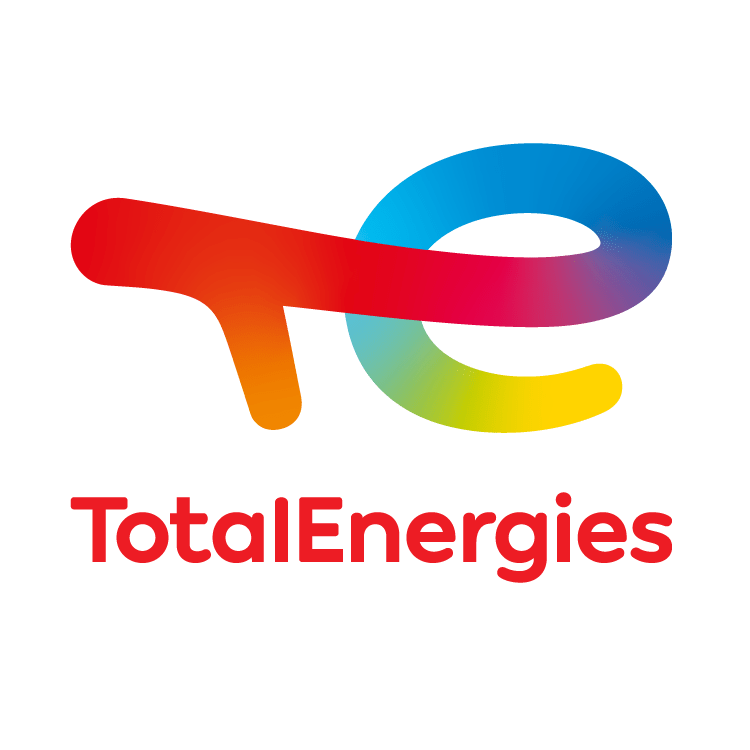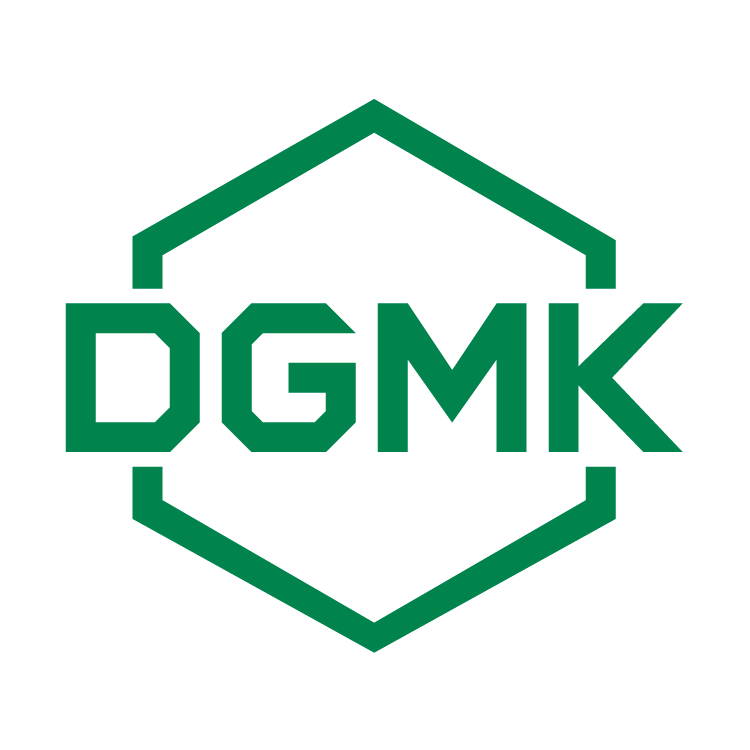Short Course 5
Geophysical Monitoring Of Co2 Storage
The course explores techniques for monitoring subsurface CO2 injection, covering rock physics, time-lapse seismic methods, gravity, and electromagnetic techniques. It addresses saturation and pressure effects, early leakage detection, and mapping overburden geology to identify potential weak zones. Discussions include field examples, well integrity issues, and using gas leakage as a proxy for CO2 leakage studies. Laboratory experiments of CO2 flooding, including acoustic measurements, are also featured.

Date
8 November 2024
Time
to be confirmed
Location
Convention Centre WTC Rotterdam
Register and start learning now
COURSE OBJECTIVE
Upon completion of the course, participants will be able to understand possibilities and challenges related to geophysical monitoring of a CO2 injection process.
Course Outline
The course discusses various methods for monitoring subsurface injection of CO2. Specifically, the following topics will be covered:
- Rock physics related to injection of CO2 into porous rock
- Time-lapse seismic methods
- Gravity and electromagnetic methods
Saturation and pressure effects - Early detection of leakage
- Mapping overburden geology and identification of potential weakness zones
- Field examples
- Well integrity issues
- Using gas leakage as a proxy to study potential leakage of CO2
- Laboratory experiments of CO2 flooding including acoustic measurements
Participant Profile
The course is designed for geoscientists working in oil companies, service companies and research organizations.
Prerequisites
Participants should have knowledge of basic geophysics and some geology.






